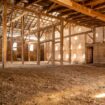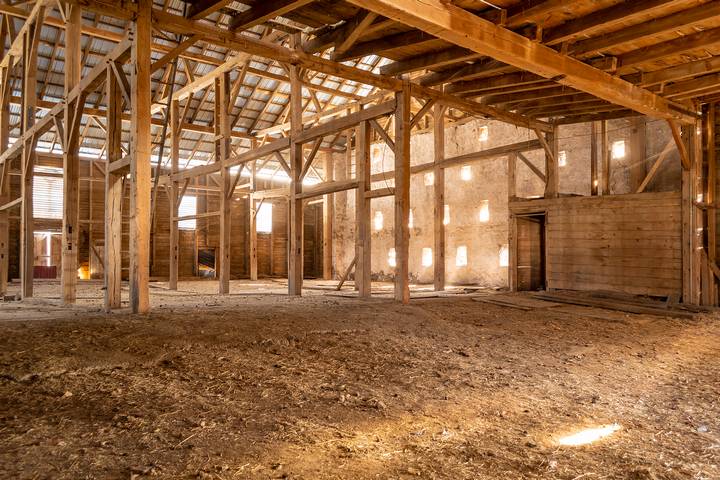
How to Make Barns Safe and Healthy for Animals
Barns are usable for various reasons in farming, from feed storage to equipment housing and, of course, a place to keep animals out of the elements. While you can provide shelter from rain and wind, barns don’t do very well with air quality and temperature, so you need to add equipment to control the inside environment to benefit the animals housed inside.
Fans are among the tools installed for this purpose. However, some people are unsure if it is worth utilizing them, and they ask, “Why do you need exhaust fans for barns?” To their surprise, exhaust fans can make barns a safe and healthy environment for animals.
Let’s learn how to make barns healthy for animals with exhaust fans.
Dealing with Air Pressure
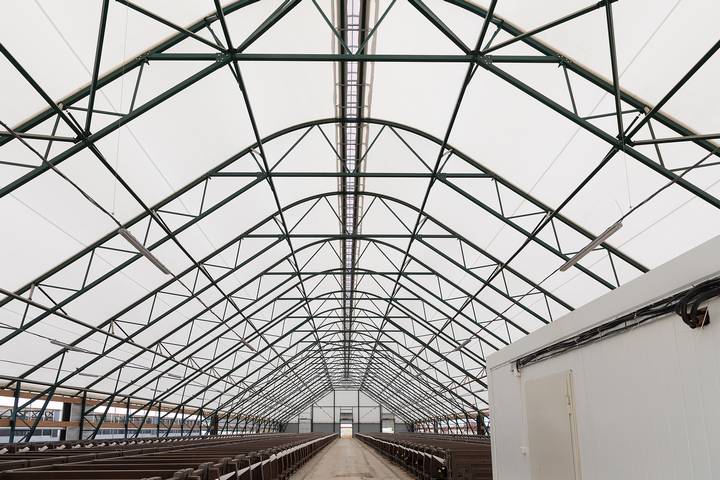
Depending on how your barn is used, you should set up the right air pressure. A barn exhaust fan is crucial as they provide negative and neutral air pressure. Positive air pressure works with intake fans and opens doors, but to close doors for your livestock, you need to draw out stale air.
Exhaust fans work in concert with air inlets to ensure outside and inside air mix well when barn doors are shut. This is mechanically ventilated with negative air pressure. Neutral air pressure uses different fans to draw in fresh air and an exhaust fan to remove stale air. It is a constant flow to provide the required pressure and air quality.
Whatever setup suits your needs, include exhaust fans to provide the right environment and airflow.
Reducing Heat Stress
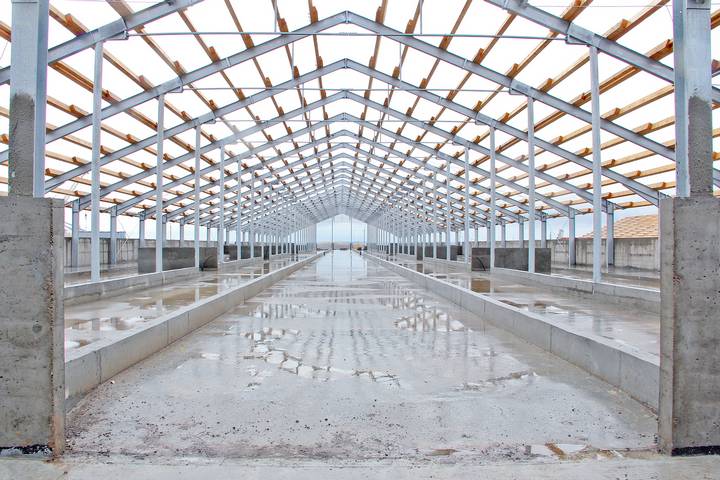
While barns are vital for animal care, heat accumulation can be an issue. You want a cool and comfortable growing environment for your cows, horses, pigs and chickens, and properly installed exhaust fans reduce animal heat stress.
Heat stress tends to hit when the temperature reaches 65F or 18C, with some high-producing animals reaching the threshold faster. The fans will come on to expel this heat and bring the temperature to a healthier and stable level. Less stress on the animals also translates to higher production, and that is what you want.
Controlling Moisture
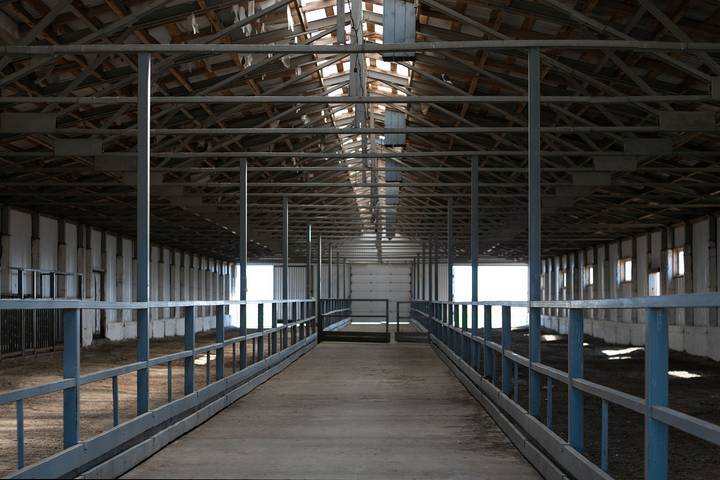
Heat comes with moisture in barns; removing stale air and drawing in fresh air eliminates respirable moisture. Condensation is also controlled this way to provide a draft-free, dry barn for your livestock. While you remove the moist air, it is replaced with fresh air.
High-production cows can produce up to 10kg of moisture daily released into the barn, and your exhaust fans can remove it quickly.
Dealing with Temperature

As the seasons change, so does the barn’s temperature, which affects the health and wellness of the animals you raise. Sudden temperature changes are worse than daily temperatures, so a mechanical fan system can help regulate this.
The optimal temperature inside a barn is around 5C above the outside to prevent drafts, with a relative humidity of 50-80 percent.
Removing Waste Gases and Disease Organisms
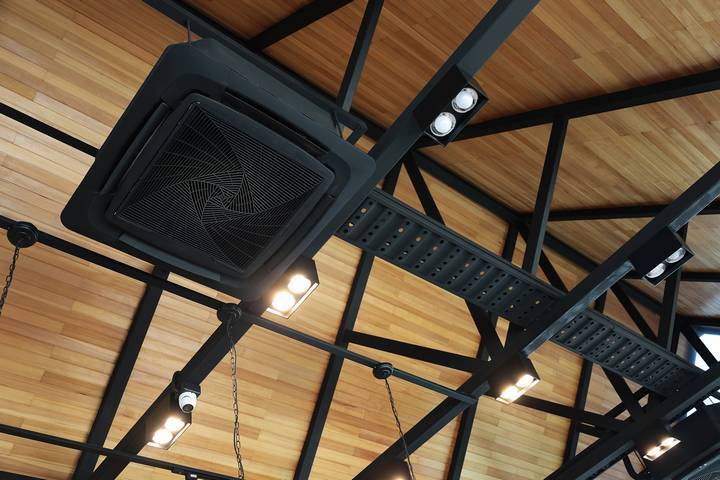
Waste pollution is a real issue inside animal barns, and you must always protect your animals’ health and welfare. Even though regular cleaning is imperative, harmful waste gases and disease organisms still get into the air. This affects animals and can cause respiratory illnesses and other potential problems.
Exhaust fans can quickly remove low-quality air filled with these pathogens. Wintertime is especially dangerous as barns are closed to keep out cold weather and heated well. This increases the presence of harmful gases, so the fans work to take this out, along with the odours and expel them from the barn.
Proper Ventilation
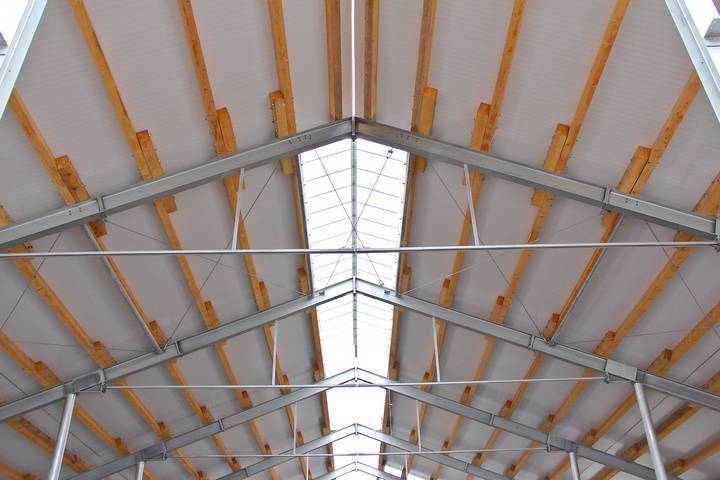
Animals are more comfortable in a well-ventilated barn. This takes care of air pressure, temperature, humidity, drafts and contaminants, and the best option is mechanical ventilation.
Proper ventilation comes down to airflow and exhaust fans, air intake inlets, vents, intake fans, curtain systems, panel systems and doors working together to keep a moderate temperature. It also removes toxic air.
This overall system promotes respiratory health for animals and farm workers who perform their duties alongside the animals in the barns. It also provides an optimal environment to produce more profitability for your business because the animals can thrive.


